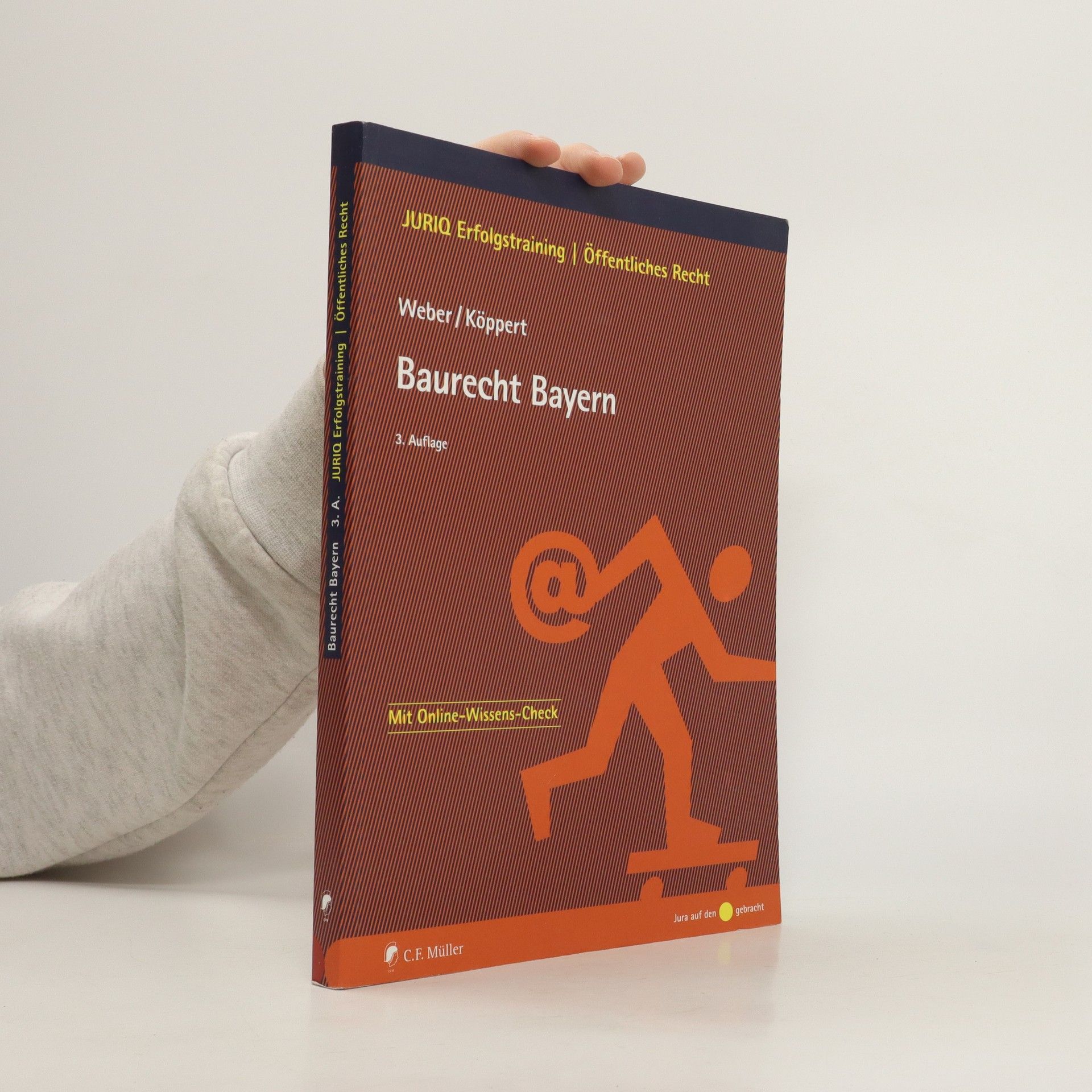Controlling in agilen Unternehmen
Entwicklung eines konzeptionellen Ansatzes für die Versicherungswirtschaft





Entwicklung eines konzeptionellen Ansatzes für die Versicherungswirtschaft
Daten, Geschichten und Illustrationen zu 134 bedeutenden Gipfeln in allen Alpenländern
Das Berge der Alpen-Buch stellt über 130 Alpengipfel aus allen Alpenländern vor. Eingeteilt nach 63 Gebirgsgruppen finden sich Berge aus dem ganzen Alpenbogen, von Monaco bis Slowenien, von den Alpenausläufern bis zu den höchsten Spitzen von Monte Rosa und Mont Blanc-Massiv. Alle Berge werden mit den wichtigsten geografischen Daten, Angaben zum Bergsteigen wie der Aufstiegsgeschichte, Schwierigkeit des Aufstiegs und den wichtigsten Berghütten in der Umgebung vorgestellt. Das Buch präsentiert spezielle Kletter-, Wander- und Skitourenberge und Gipfel, an denen sich bereits heute die Folgen von Klimaveränderungen im Hochgebirge zeigen. Weitere besondere Informationen und Geschichten zu jedem Berg runden das Buch ab. Das Buch ist entstanden in Zusammenarbeit mit dem Deutschen Alpenverein.
Zum WerkDer "Schwarzer/König" ist ein handlicher Kommentar, der die Lücke zwischen einfachen Gesetzestext-Sammlungen und Großkommentaren, wie dem "Busse/Kraus", schließt und der Nutzerin und dem Nutzer erste Orientierung bietet.Vorteile auf einen Blick knappe, an der Rechtsprechung des Bayerischen VGH orientierte Kommentierung handliche Erläuterungen, die verlässlich über die Grundzüge und die praxisrelevanten Einzelfragen informieren Hinweise auf höchstrichterliche Rechtsprechung sowie auf weiterführende Literatur Zur NeuauflageFolgende Änderungsgesetze wurden in der Neuauflage berücksichtigt: Gesetz zur Änderung der BayBO und des Baukammerngesetzes Gesetz zur Bereinigung des Landesrechts Verordnung zur Anpassung des Landesrechts an die geltende Geschäftsverteilung Gesetz zur Änderung der BayBO und des Gesetzes über die behördliche Organisation des Bauwesens, des Wohnungswesens und der Wasserwirtschaft Gesetz zur Änderung des Baukammerngesetzes, des Gesetzes über das öffentliche Versorgungswesen und der BayBO 2 Gesetz zur Änderung des Bayerischen Straßen- und Wegegesetzes und weiterer Rechtsvorschriften 1 Gesetz zur Änderung der Bayerischen Bauordnung und weiterer Rechtsvorschriften 1 Abs. 156 Verordnung zur Anpassung des Landesrechts an die geltende Geschäftsverteilung 3 Gesamtgesellschaftliches Artenschutzgesetz - Versöhnungsgesetz Eingearbeitet wurde zudem die Bauordnungsnovelle 2020).ZielgruppeFür Richterschaft, Rechtsanwaltschaft, Baubehörden, Bauherrinnen und Bauherren, Architektinnen und Architekten, Ingenieurinnen und Ingenieure.
Der Inhalt: Dargestellt werden die examensrelevanten Gebiete des öffentlichen Baurechts. Das Skript geht speziell auf die Anforderungen des Examens in Bayern ein und bietet so eine optimale Prüfungsvorbereitung. Die Konzeption: Die Skripten „JURIQ-Erfolgstraining“ sind speziell auf die Bedürfnisse der Studierenden zugeschnitten und bieten ein umfassendes „Trainingspaket“ zur Prüfungsvorbereitung: Die Lerninhalte sind absolut klausurorientiert aufbereitet; begleitende Hinweise von erfahrenen Repetitoren erleichtern das Verständnis und bieten wertvolle Klausurtipps; im Text integrierte Wiederholungs- und Übungselemente (Online-Wissens-Check und Übungsfälle mit Lösung im Gutachtenstil) gewährleisten den Lernerfolg; Illustrationen schwieriger Sachverhalte dienen als „Lernanker“ und erleichtern den Lernprozess; Tipps vom Lerncoach helfen beim Optimieren des eigenen Lernstils; ein modernes Farb-Layout schafft eine positive Lernatmosphäre.